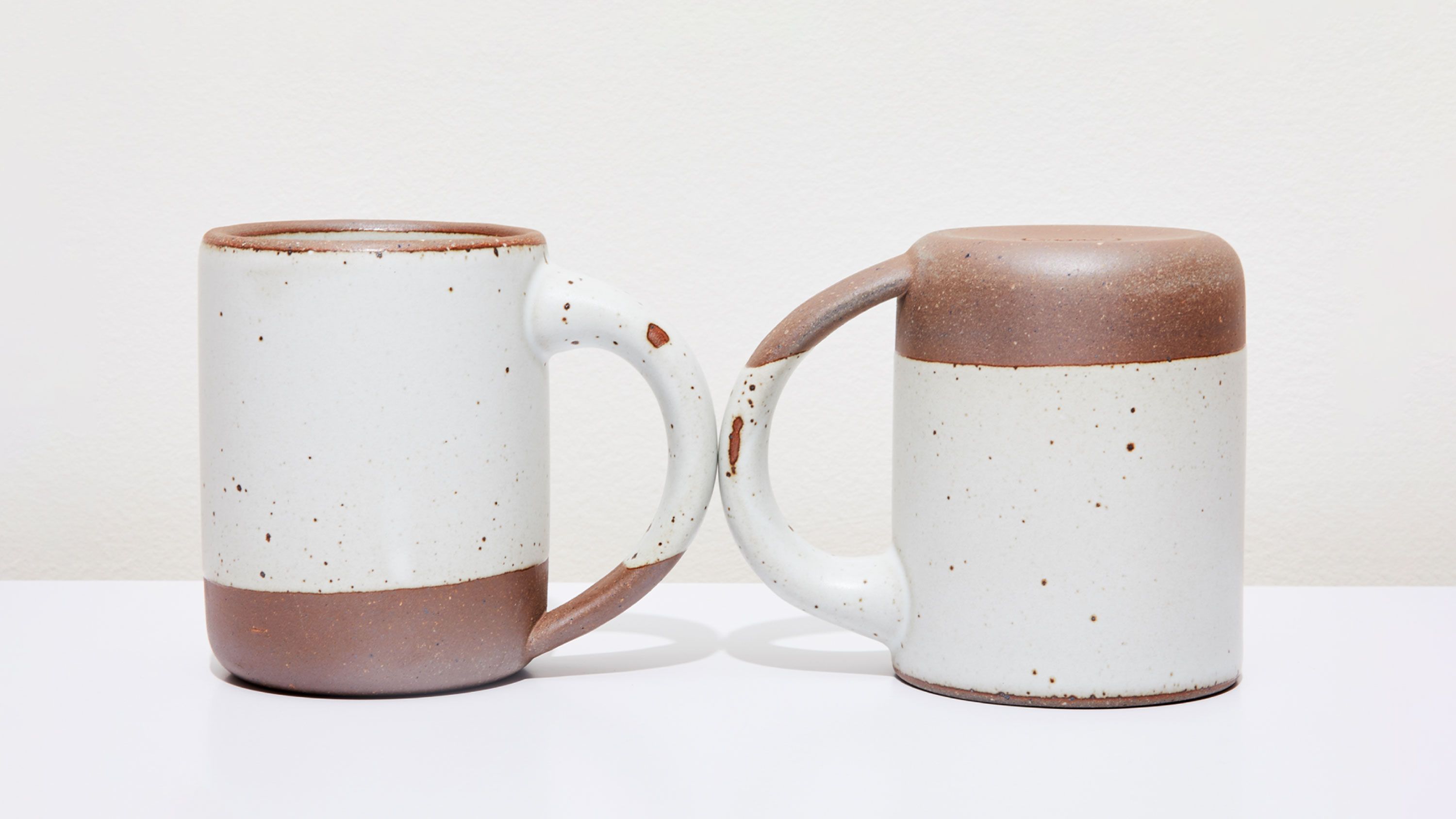
What Are Seconds?
Seconds are available 3-4 times a year during online sales. You can also shop Seconds in person at our Seconds Pop-ups around the country throughout the year. Check our events page for the latest schedule.
Here at East Fork, our Quality Control team asks the following set of questions for every single pot we make to determine its quality: Is it functional? Is it safe? Is it beautiful? Does it reasonably meet the expectations we have established for customers? The answers to these questions determine which of our two quality levels each pot is assigned: Firsts (for first quality) or Seconds. Our team’s first and foremost concern is making sure your pots will be food safe and functional to use day in, day out. Like Firsts, all Seconds will be safe and functional. We only sell pots that are food safe. The primary differentiation between Firsts and Seconds is their aesthetic quality.
What is beautiful, though, is a matter of opinion; what’s pleasing to some might be off-putting to others, but we do our best to codify these variations. Our pots are made from dynamic materials from our earth so you can expect to see evidence of variations in surface and glaze application that can occur at any stage in our manufacturing process. If you are not a fan of variation and prefer a more uniform look from piece to piece, our Seconds pottery is most likely not for you—and that is okay!
We currently have six categories by which we define our standards and use to determine a pot’s quality: what can either pass through QC and out into the world as First Quality or what gets pulled and sold at a discounted rate as Seconds. These categories are Material, Forming, Trimming, Glazing, Firing, and Handling. A pot can be deemed Second Quality for failing to meet one or more of our expectations within each category. All of the categories are connected and dynamic due to the nature of working with natural elements–alongside the materials that comprise our clay, we even have to take into account the weather as we make pots! Here are a few examples below about what constitutes a Second.
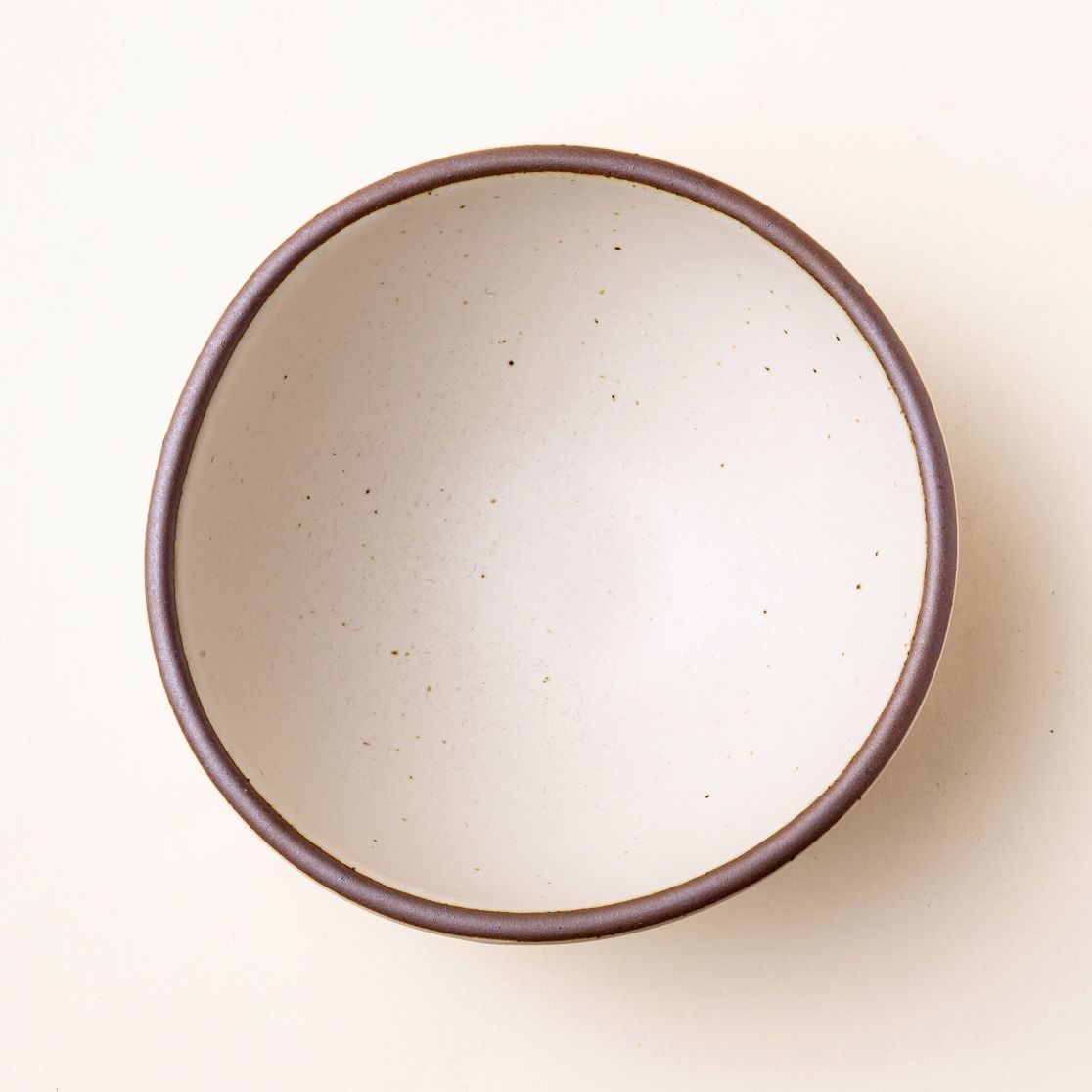
Warping
Warping is defined as pots that for one reason or another have come out of round, either due to variations in moisture content, uneven drying, or physical deformation. If a pot is out of round or the rim is not a consistent height all the way around, it’s considered a warped form and a Second. All warped Seconds will be able to sit flat on a table and are still entirely functional, but they might not stack as well with your firsts—as they say, variety is the spice of life.
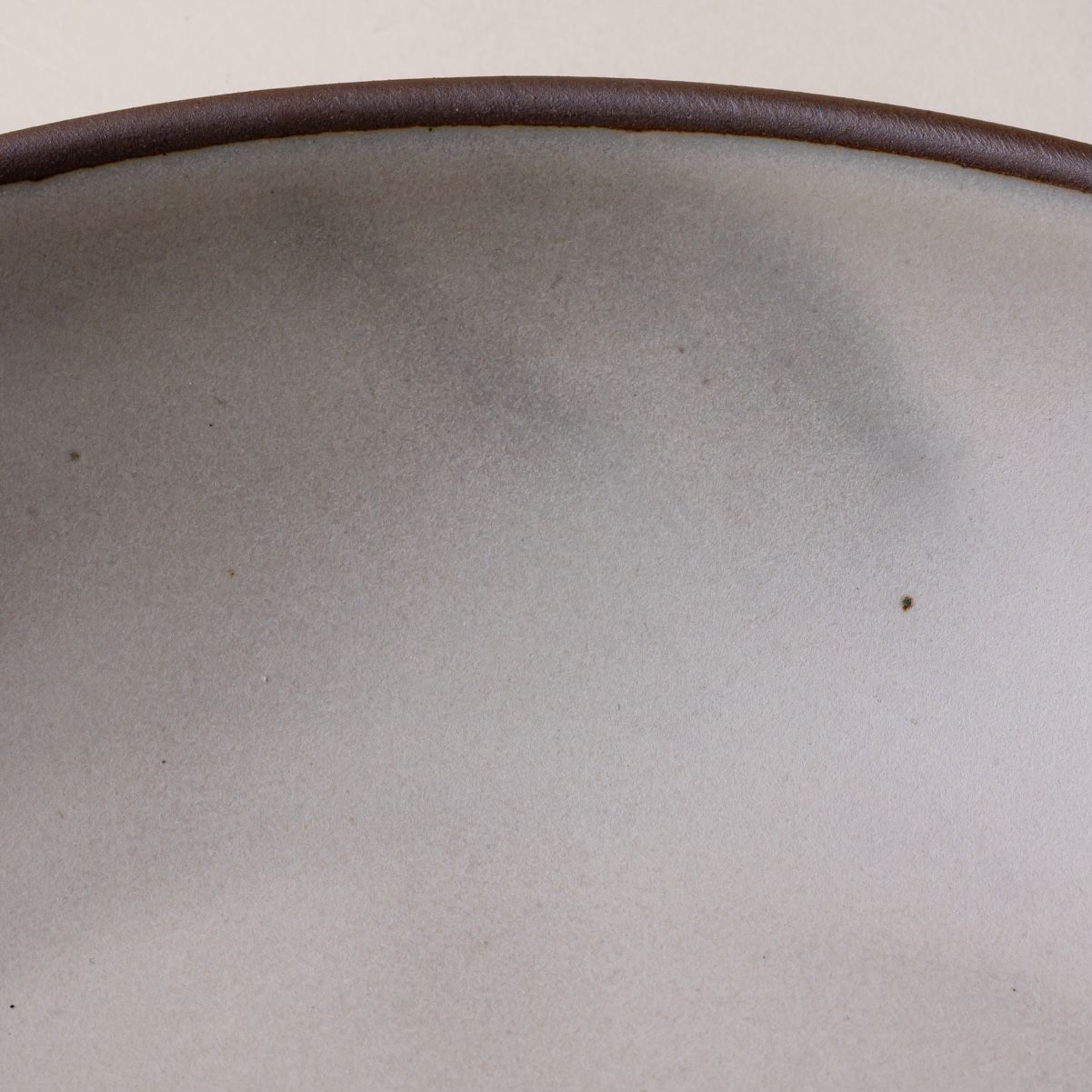
Streaky Glaze
Streaky Glaze is the term to cover any non-uniformity of glaze coverage across the surface of the pot, in stripes, large patches, etc. Major streaking with splotches on food surfaces deems a piece a Second. Streaking on non-food surface areas can be taken on a case-by-case basis with the discernment of the QC Team, who evaluate discoloration and texture. Our QC team gives our larger serving pieces a bit more leeway for glaze variations due to their size. If the streaking on these larger pieces creates a spider web pattern, is raised, or runs straight through the middle of the pot, the serving piece is considered a Second. Variations caused by tong marks, which often present themselves as “snake bites” with slight streaking, will occur on nearly all serving wares due to the larger size—truly a mark of the maker!
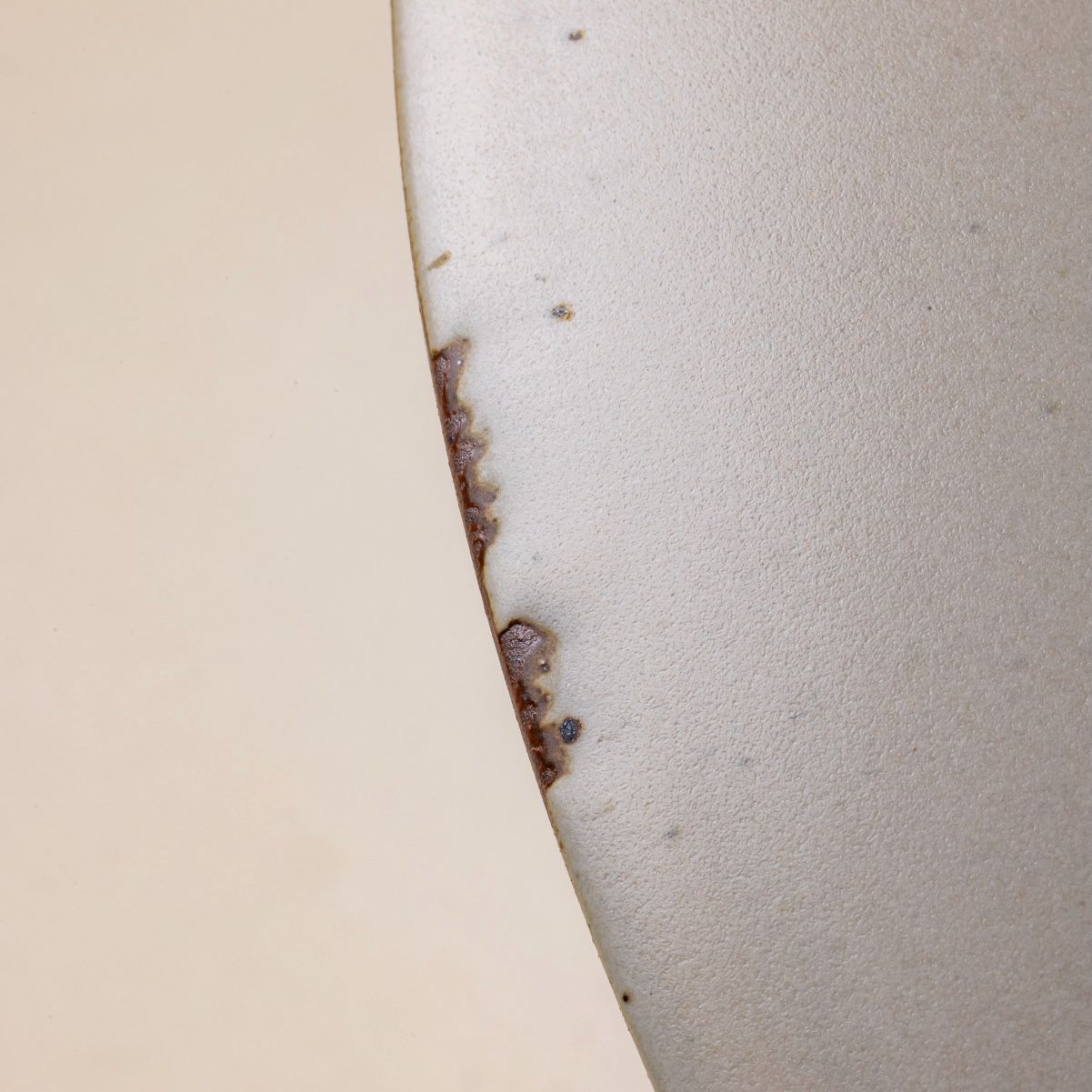
Handling Marks
These occur where improper handling after glazing has caused deformities in the glaze surface, and usually appear as finger marks or small pieces of missing glaze due to chipping.

Plucking
Plucking refers to small fragments that chip away at the base of a pot; plucking will often look like little holes and can be a little prickly to the touch. Plucking occurs when the pot sticks to the kiln shelf during firing. If the area affected by plucking is very small and can be sanded down and made less noticeable, then the pot is a Second.
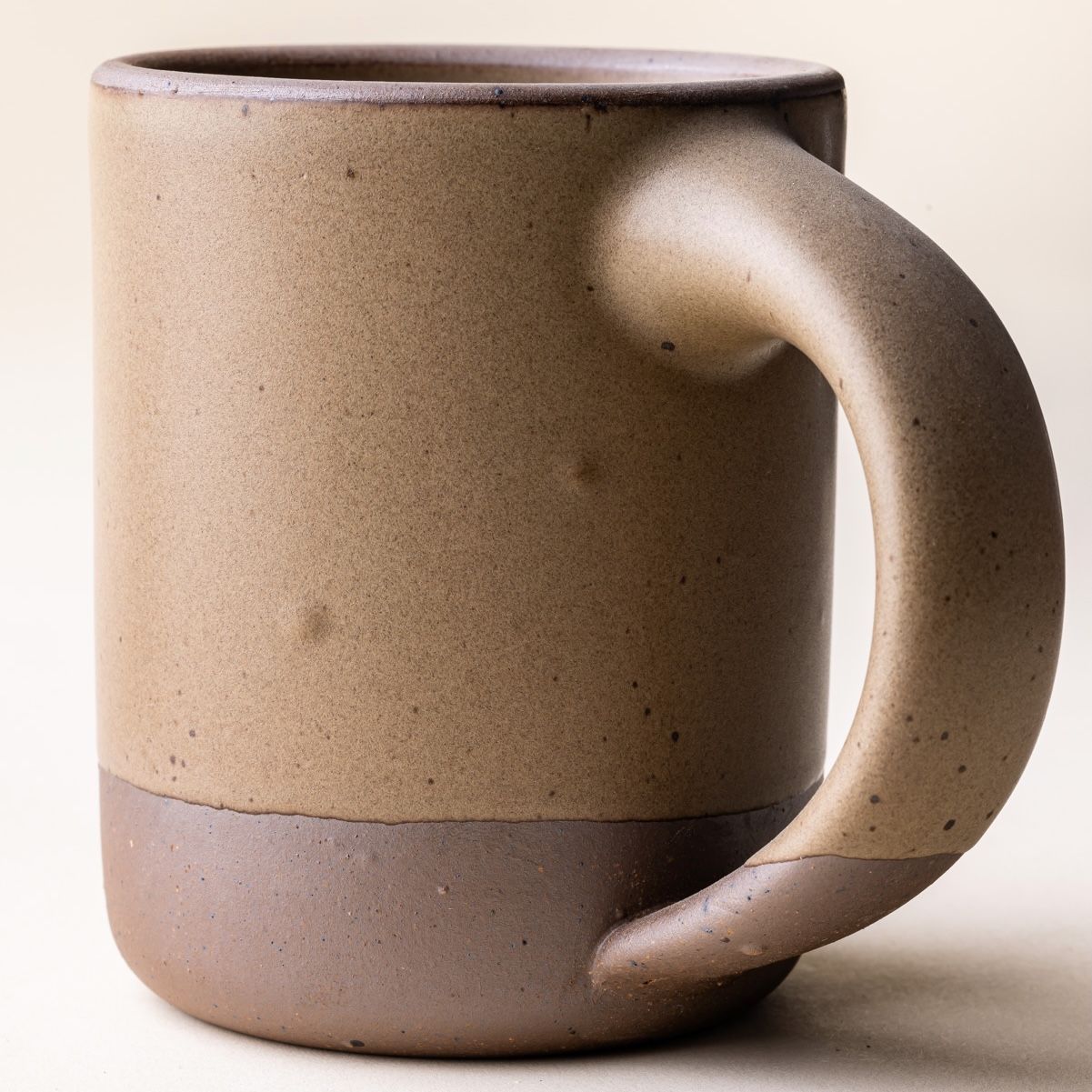
Bloating
Bloating refers to bubbles on the surface of the pot. Bloats originate when high temperature firings seal the surface of the pots, trapping gasses released from the inside of the material.

Improper Finish
A broad category of flaws related to substandard trimming and finishing processes.

Watermarking
Watermark flaws originate from water introduced to the glaze after its been applied to the pot. Typically, this appears as shiny marks or patches on the glaze surface.
Glaze Color Variation
Occurs when the glaze is too shiny and/or the wrong color when compared to our glaze standard examples. This results from the glaze firing process when the kiln gets under-fired/under-reduced resulting in a smooth latex type finish that is lighter than expected. Conversely, if the kiln is over-fired/over-reduced the pots will come out too shiny and will appear darker than expected.
